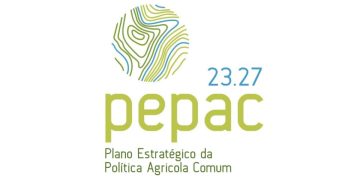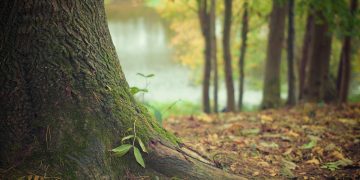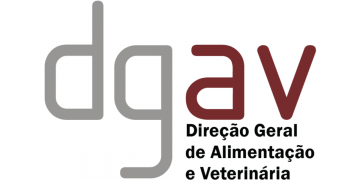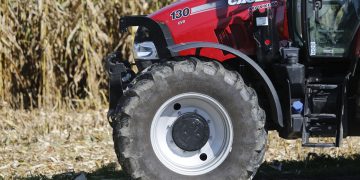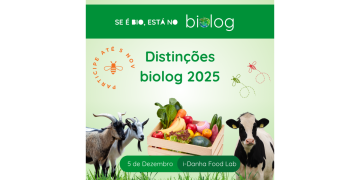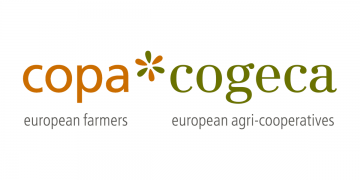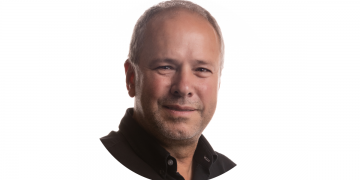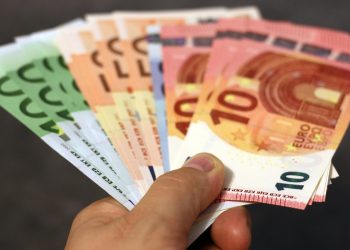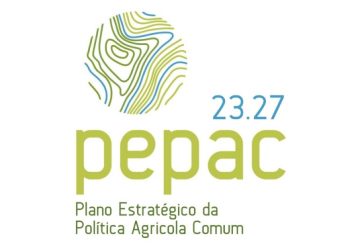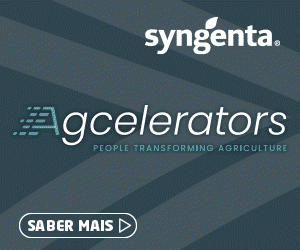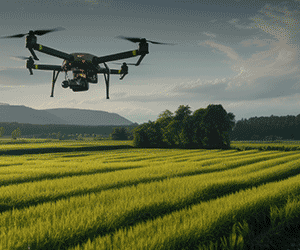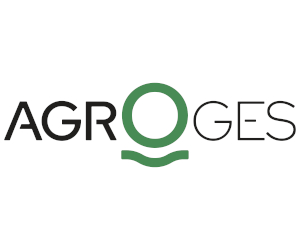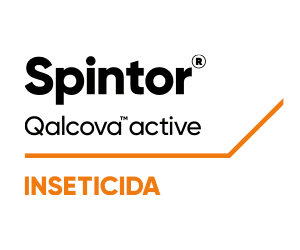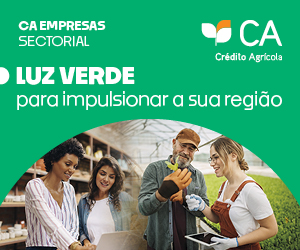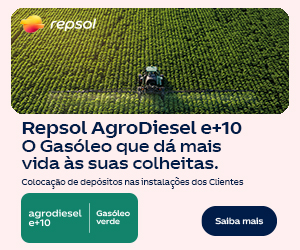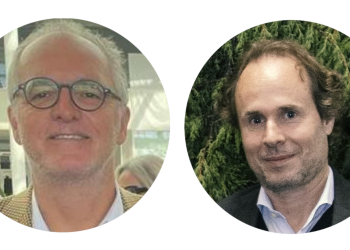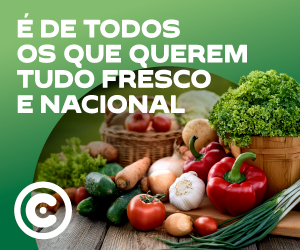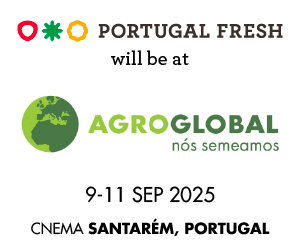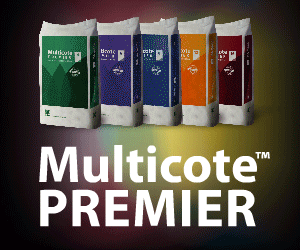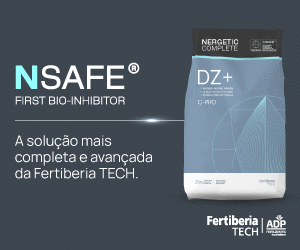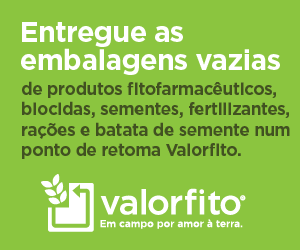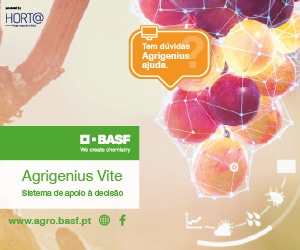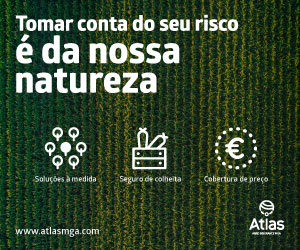On the outskirts of Lisbon, an abandoned industrial site has been given a new lease of life as a state-of-the-art biorefinery. It is scaling up the production of microalgae – a new source of nutrition.
These single-celled organisms can produce compounds such as proteins, lipids and carbohydrates with very little water and no need for arable land – all crucial elements in the quest to improve food security.
But there is a catch. It remains challenging to grow and process microalgae at a scale and cost that can compete with common nutritional products like palm oil or soybeans.
Changing food production
The Lisbon site, part of an EU-funded research collaboration called MULTI-STR3AM, may have offered a way forward. The cooperation brought together a multinational team of researchers and industry experts to tackle this challenge.
“You can cultivate microalgae in old industrial sites or other areas that are not suitable for agricultural use,” said Mariana Doria, head of business and market analysis at Portuguese biotechnology company A4F – Algae for Future. She coordinated the international collaboration, which ran from 2020 to April 2025.
“You can cultivate microalgae in old industrial sites or other areas that are not suitable for agricultural use.
Agriculture currently uses almost 40% of land in the EU and a quarter of its water. Separating food production from land is therefore a crucial step towards improving food security and a more sustainable food industry.
MULTI-STR3AM was funded by the Circular Bio-based Europe Joint Undertaking. This public-private partnership between the EU and the Bio-based Industries Consortium supports research that helps the transition towards a competitive, sustainable, and low-carbon economy in Europe.
“The world is changing, agriculture is changing,” said Rebecca van der Westen, senior product technologist at Flora Food Group, a Dutch branded food company active in over 100 countries worldwide.
“So, how do we sustain ourselves in a healthy way? Microalgae are one of the answers.”
When the opportunity came up to collaborate with international researchers, van der Westen seized it. “I love working in niche areas – that’s where you find the gold,” she said.
Algae alchemy
To grow, microalgae need water, CO2, and essential nutrients like nitrogen and phosphorus. Through their metabolic processes, they turn these inorganic nutrients into glucose and other organic molecules.
Most of the time, this process happens through photosynthesis, which requires sunlight. However, some microalgae can grow in the dark by feeding on organic nutrients such as glucose, a process known as heterotrophic growth.
In MULTI-STR3AM, microalgae are cultivated in photobioreactors or fermentation tanks. Once they have grown sufficiently, their biomass is harvested and transferred for processing at the Lisbon biorefinery.
The microalgae cells are broken open, and their valuable components – proteins, lipids, pigments and carbohydrates – are separated and refined into usable ingredients.
The facility processes around 10 tonnes of biomass per year and is designed to handle a wide range of microalgae strains.
To increase sustainability, waste CO2 from natural gas combustion is fed back into the system as a resource for microalgae. Liquid waste from nearby industries serves as the culture medium, and water is recirculated after biomass is harvested.
Finally, the processed ingredients are supplied to various industries for use in consumer products.
Multipurpose product
As the researchers overcame technical barriers to cultivating and processing microalgae at scale, their advances opened the door to a diverse range of potential products.
Over the course of the research, more than 40 samples of microalgae-derived ingredients were created for industry partners in the food, animal feed and fragrance sectors.
Working across countries and sectors was crucial to ensuring that the ingredients could eventually be used in consumer-ready products, said van der Westen. “Cross-collaboration is fundamental because everybody has their strengths.”
After considering technical and financial viability, as well as market potential, the research team eventually narrowed their focus down to three core ingredients: beta-carotene-rich oils used as food colourants and antioxidants in spreads and cheese, protein-rich additives for animal feed, and protein-based capsules that protect and gradually release fragrance ingredients.
Scaling up
Van der Westen is keen to dispel the common misconception that microalgae-based ingredients taste like algae. The ingredients are not simply ground-up biomass, she said. In the biorefinery, the cells are opened and their molecular structures separated.
“If you look at the basic structure of a fatty acid chain or a few amino acids forming a protein, they exist in microalgae and don’t have a taste or smell,” said van der Westen. “They contain the same fats as olive oil and similar proteins to poultry, fish and beef.”
“If you want to sustain a happy planet, you need to do this type of research.
Integrating multiple technologies, microalgae strains and production methods into one centralised biorefinery was a major step towards scaling up. But developing a deeper understanding of each microalgae strain was equally important.
“Some microalgae are better known and easier to scale up, while for others we still need to learn how,” said Doria.
Part of this work involves determining the ideal growth conditions for each strain, including temperature and nutrient levels, so they can grow faster and yield the most nutritional value.
“When moving from the controlled environment of the lab to larger scales, we need to understand which parameters are most sensitive,” said Doria.
This knowledge also helps scientists steer production towards specific outputs. “We can adjust conditions to make them produce more of one ingredient or another, depending on our goals,” she said.
From lab to market
Currently, these new ingredients are undergoing rigorous testing and tasting before they can reach supermarket shelves, said van der Westen. While this work is still in the early stages, she is confident that microalgal ingredients will eventually become mainstream.
“Microalgae are definitely going to be part of our food in the future. That’s just a question of time,” she said. For van der Westen and her research team, their work is part of a mission to reimagine how we produce food sustainably and develop a concrete blueprint for the future.
“If you want to sustain a happy planet, you need to do this type of research,” she said. “It is fundamental for the future.”
Research in this article was funded by the EU’s Horizon Programme. The views of the interviewees don’t necessarily reflect those of the European Commission. If you liked this article, please consider sharing it on social media.
O artigo foi publicado originalmente em Horizon, the EU Research and Innovation Magazine.



